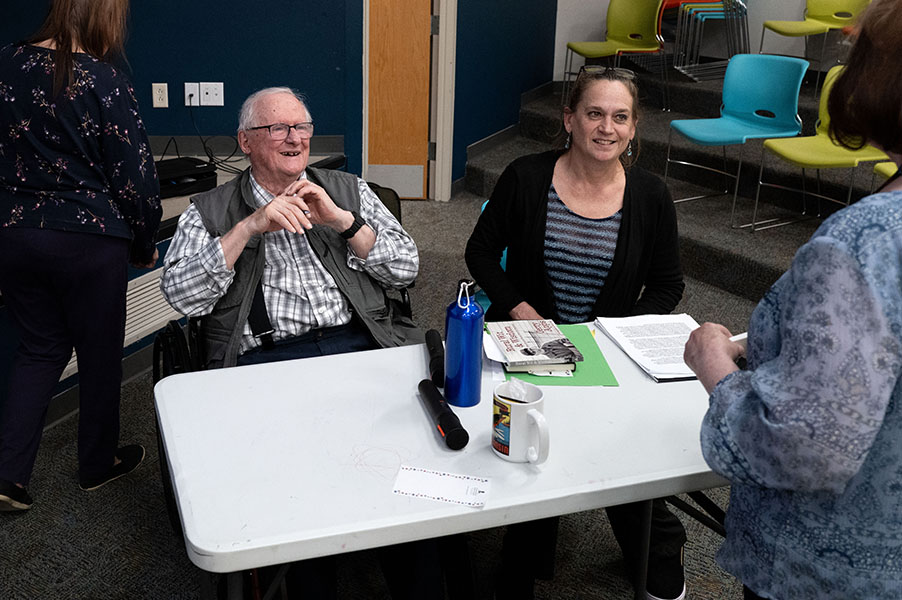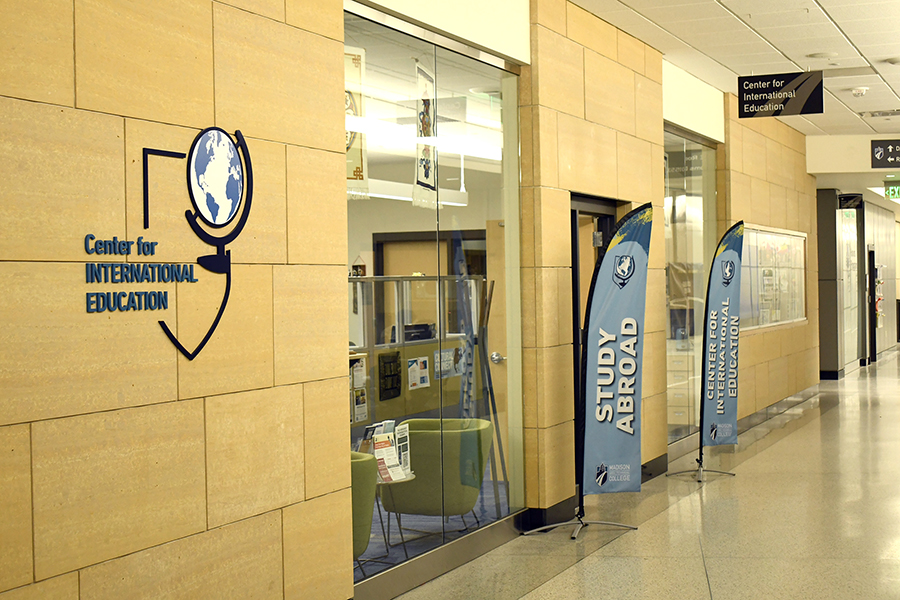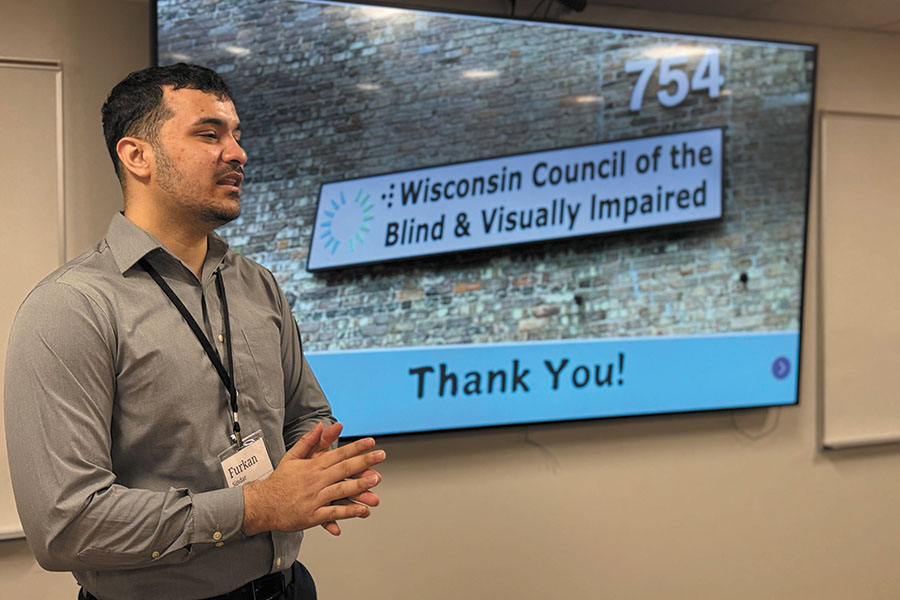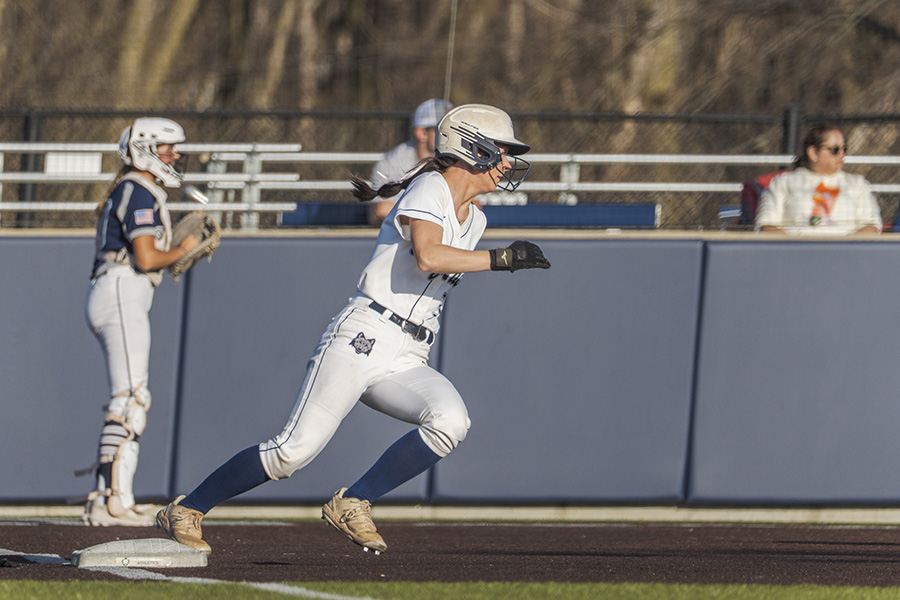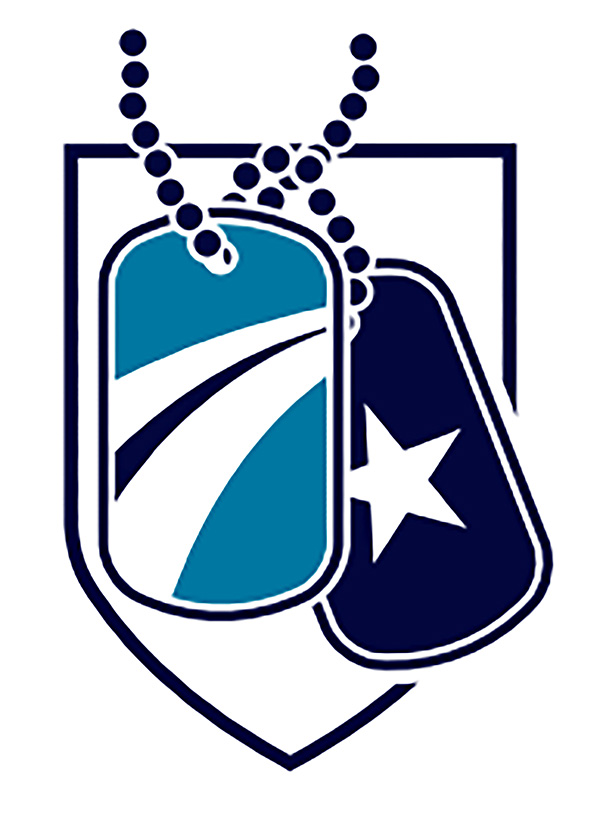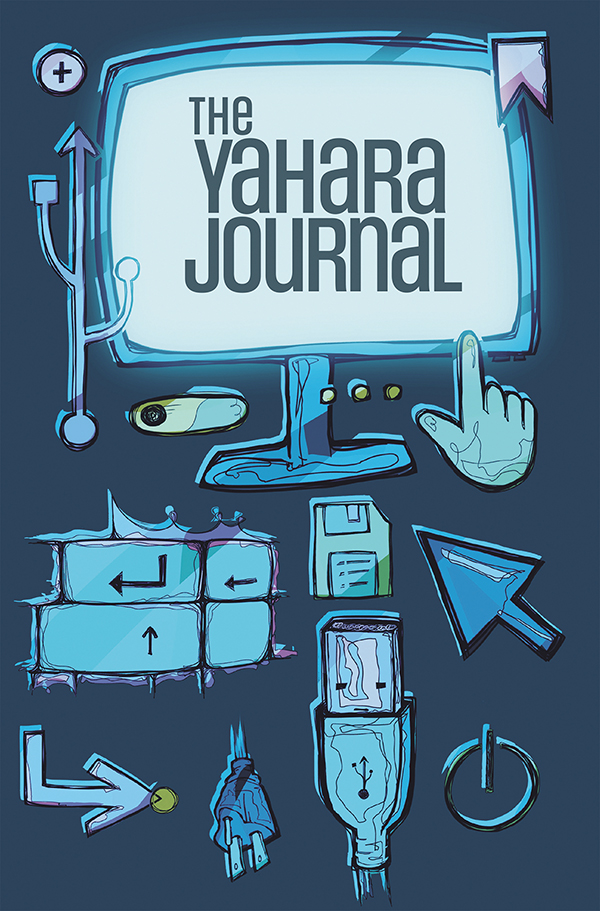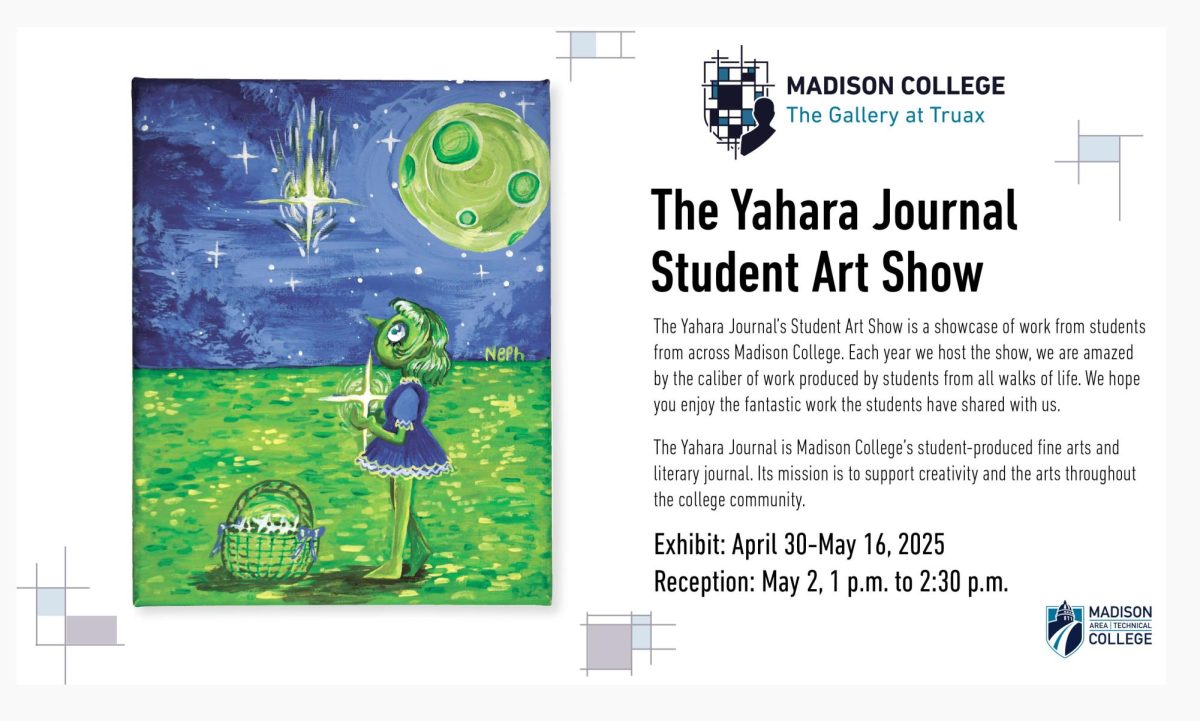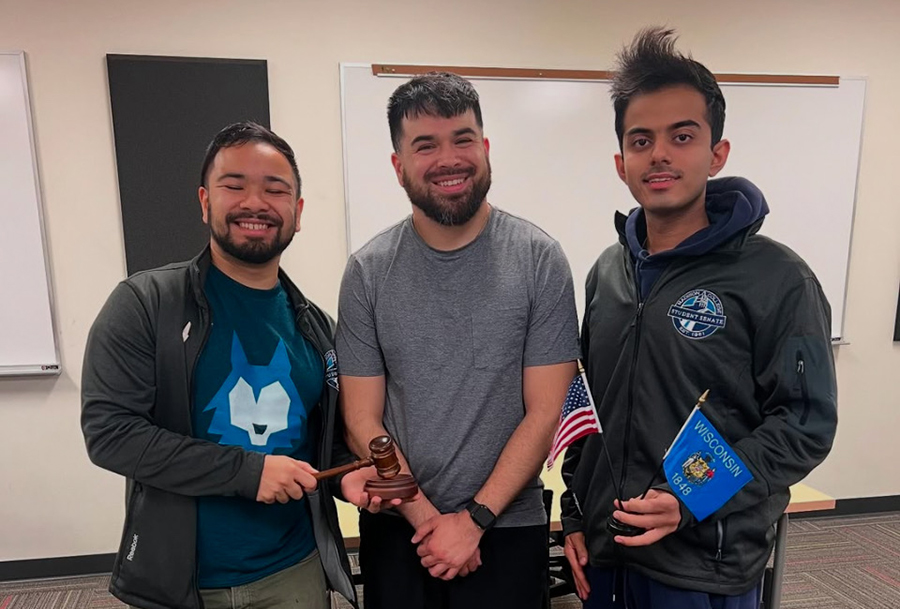Memory-enhancing drugs often have long-term consequences
March 10, 2014
Chances are you are affiliated in some way with Madison College as a student, faculty member or parent receptive to the concerns associated with academic life. The stresses of the collegiate lifestyle affects us every day in every aspect of life as we expand our horizons, experiences and resumes, whether at home, work or school.
We have each developed various coping mechanisms to manage these stresses. Some may compartmentalize their studies, utilizing organization skills to allocate appropriate time to study. Others have become increasingly proficient at procrastination, postponing classwork until the very last minute and cramming before finals. For many people these skills have become routine, ritual and second nature.
Recently, an increasing number of students have become interested in enhancing their ritual by some lesser known methods, including pharmaceutically, with an alternative class of drugs known as Nootropics.
The term Nootropic is relatively new to the English vocabulary, and it was originally coined in 1976. Nootropics are also referred to as cognitive enhancers, memory enhancers or simply smart drugs. The drugs, chemicals and supplements categorized as “smart drugs” are believed to stimulate or protect nerve growth by improving or altering the supply of neurochemicals and oxygen to the brain. Nootripics must also, by definition, be “neuroprotective,” which implies they reduce the rate of neuronal loss over time, as well as being “extremely nontoxic.” What does this mean exactly? What chemicals meet this description? Let’s begin with a prescription medicine most of us recognize – amphetamine.
Adderall, or amphetamine mixed salts, is a psycho stimulant drug prescribed for treatment of Attention Deficit Hyperactivity Disorder (ADHD) and narcolepsy. Stimulant medications are often given to induce temporary improvements in mental and physical functions. Adderall is often prescribed to adolescents exhibiting difficulties with concentration, hyperactivity and impulsivity. According to the 2006 Substance Abuse and Mental Health Services Administration (SAMHSA) survey, almost 7 percent of American full-time students ages 18 to 24 experimented illicitly with this drug. A study done by University of Kentucky faculty member Dr. Alan Desantis found that as many as 30 percent of its students had tried the drug. Where does this drug fit in with those of us without symptoms of ADHD or narcolepsy?
In the opinion of Mike Redding, registered nurse and pharmacology instructor at Madison College, Adderall does not meet the expectation of “high reward, low risk” that defines a Nootropic.
“People who obtain the drug from their friendly ‘street-corner pharmacist’ have a higher chance of experiencing serious negative side effects,” Redding said. These include irregular heartbeat, hypertension (high blood pressure), insomnia and, in extreme cases, psychosis. Redding also cautioned users about the risk of dependence and withdrawal. In response to Dr. J. Gordon Millichap’s research results that Adderall use positively affects IQ (mean change of +4.5 after nine months of amphetamine use), Redding said the extended period of time on the drug to achieve the results.
“Taking a pill before a test isn’t going to improve your grade. Amphetamines do not supply the brain with information which has not been previously retained,” Redding said. Students looking for a quick fix or compensation for their procrastination will not find their answer here. Amphetamine medications like Adderall are currently listed as Schedule II drugs in the U.S. along with cocaine, opium and PCP. Redding said he agrees with this classification. “The potential for abuse places amphetamines with these illicit substances,” he said.
Who is taking these risks and why? An acquaintance who takes this risk, who wishes to remain anonymous, was prescribed 30 mg a day, plus 30 mg as needed, of amphetamines for ADHD in her 20s to help her focus in school. She fills a prescription of 60 pills per month. She said the “as needed” extra 30 caps were not often needed, and began sharing them, which are usually about $3-6 per pill. She said she makes between $100-150 in profit a month. Customers include friends and co-workers, most of which are college aged students. “Most people I give them to may not have ADHD, but other legitimate reasons, especially in society today with everything we are expected to keep up with.” If caught, she could possibly lose the prescription and face fines or up to a year in jail.
Maybe you’re not the “quick fix” type. You would rather not risk the consequences of prescription enhancement, but you still desire to improve comprehension, retention and focus. Nootropics are now readily available over the counter at most pharmacies. Browse the supplement aisle in any store and you will find dozens of capsules or powders claiming to offer benefits similar to the substances procured at the doctor’s office or from the “street-corner pharmacist.” These include fish oil, Same-E, Panax Ginseng, and even caffeine. All claim to, with regular use, aid with cognitive issues but are not FDA approved to do so. Redding challenged students to, maintain a proper diet, exercise and get adequate rest before relying on a foreign substance for enhancement. If you plan to experiment with anything, consult a physician beforehand.



